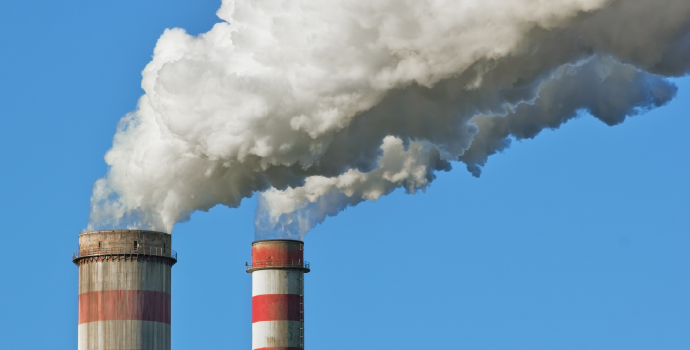In the realm of environmental hazards, coal ash might not grab as many headlines as oil spills or air pollution, but its insidious impact on our water sources deserves urgent attention. Often lurking beneath the surface, coal ash poses a significant threat to our drinking water supplies, silently seeping toxins into aquifers, rivers, and lakes. In this blog, we’ll delve into the dangers of coal ash and why it demands immediate action.
What is Coal Ash?
Coal ash is the residue left after burning coal for electricity generation. It contains a cocktail of toxic substances, including heavy metals like arsenic, lead, mercury, and chromium. When coal is burned, these contaminants are concentrated in the ash that remains, creating a hazardous waste product.
The Perilous Path to Water Sources
One of the most alarming aspects of coal ash is its propensity to leach into nearby water sources. Often stored in large impoundments or landfills, coal ash can contaminate groundwater and surface water through seepage or catastrophic spills.
Groundwater Contamination
Coal ash disposal sites are often located near water bodies, making them susceptible to groundwater contamination. As rainwater percolates through these sites, it picks up pollutants, carrying them into aquifers used for drinking water. Once contaminated, these underground reservoirs become a hidden source of toxins, threatening the health of communities that rely on them.
Surface Water Pollution
In addition to groundwater contamination, coal ash can directly pollute surface water when containment structures fail. Spills and leaks from coal ash ponds or landfills can release vast quantities of toxic slurry into rivers and lakes, devastating aquatic ecosystems and jeopardizing the safety of downstream communities.
Health Risks
Exposure to coal ash pollutants can have severe health consequences. Arsenic, for instance, is a known carcinogen, while heavy metals like lead and mercury can impair neurological development, particularly in children. Chronic exposure to these contaminants through drinking water can lead to a host of illnesses, including cancer, neurological disorders, and organ damage.
Regulatory Gaps and Industry Influence
Despite the evident dangers posed by coal ash, regulatory oversight remains inadequate in many regions. In the United States, for example, coal ash is not classified as hazardous waste under federal law, leaving it subject to less stringent regulations. Furthermore, the influence of the coal industry often hampers efforts to enact stricter safeguards, perpetuating the cycle of pollution and endangering public health.
The Urgency of Action
Addressing the threat of coal ash contamination requires concerted action on multiple fronts. First and foremost, stringent regulations must be implemented to govern the storage, handling, and disposal of coal ash. Existing coal ash ponds and landfills must be retrofitted or closed to prevent further leakage and spills. Additionally, transitioning away from coal-fired power plants towards cleaner energy sources can mitigate the production of coal ash altogether, reducing the risk to water sources and communities.
The dangers of coal ash in contaminating our drinking water are clear and present. From groundwater pollution to surface water contamination, the toxic legacy of coal combustion poses a grave threat to public health and environmental integrity. Urgent action is needed to strengthen regulations, hold polluters accountable, and transition towards cleaner energy alternatives. Only by confronting the menace of coal ash head-on can we safeguard our water sources and protect the well-being of future generations.
If you’re interested in clean water in your home – schedule a free, no-obligation in-home water analysis with an Artisanal Water local expert.
Call (704) 315-6344 or fill out our contact form.
